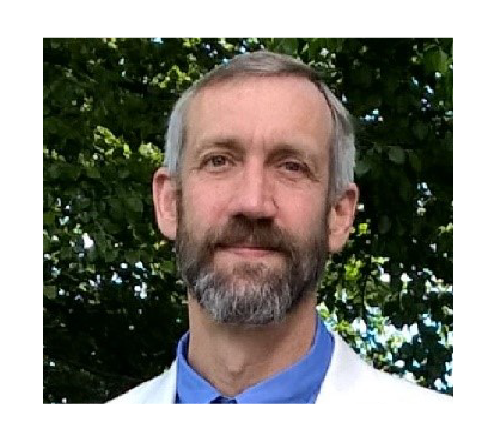Plenary Lecture

Peter de GROOT
Chief Scientist
Zygo Corporation, Middlefield, CT USA
Testing optics with interferometry and tunable-wavelength lasers
Biography
Peter de Groot, Chief Scientist at Zygo Corporation, is fascinated by interference fringes and their practical use for measuring things. He began his optics career as a teenager, grinding and polishing the mirror for a 100-mm reflecting telescope. Educated first in the liberal arts and then in experimental Physics at the Universities of Grenoble, Maine, and Connecticut, he enjoys discovering the underlying principles and hidden links behind creative work in science and engineering. His research has led to 140 US patents as well as over 210 technical papers, tutorials, and book chapters. He is a Fellow of SPIE, Optica, the Institute of Physics, and the International Academy of Engineering and Technology. An experienced teacher and lecturer, he is a short-course instructor and honorary professor. Dr. de Groot is also the 2023 Vice President of SPIE, the International Society for Optics and Photonics.
Abstract
In the 1990’s, it was still common for laser Fizeau interferometers of large size--capable of measuring parts more than 50 cm in diameter—to rely on a visual or automated analysis of static fringe patterns. Phase shifting interferometry, which traditionally require mechanical motions of the reference optic or the part itself, is impractical for such large systems. The solution is to sweep the wavelength to generate phase shifts without mechanical motions in the interferometer.
Further advances in wavelength-tuned interferometry have launched a series of revolutionary innovations in optical testing. Today, Fourier transform methods with dynamic wavelength tracking allow for simultaneous measurement of the front and back surfaces as well as the material homogeneity of plane-parallel parts. Applications include quality testing of glass substrates for computer rigid disk drives, planar waveguides for augmented reality systems, cover glass for portable displays, and high-precision optical flats. Model-based data analysis significantly enhances environmental robustness, and absolute distance measurements of part position optimize instrument focus automatically.
In this presentation, I review the principles, history, applications, and current state of the art for tunable-wavelength interferometry, including ongoing research and perspectives on future developments.
